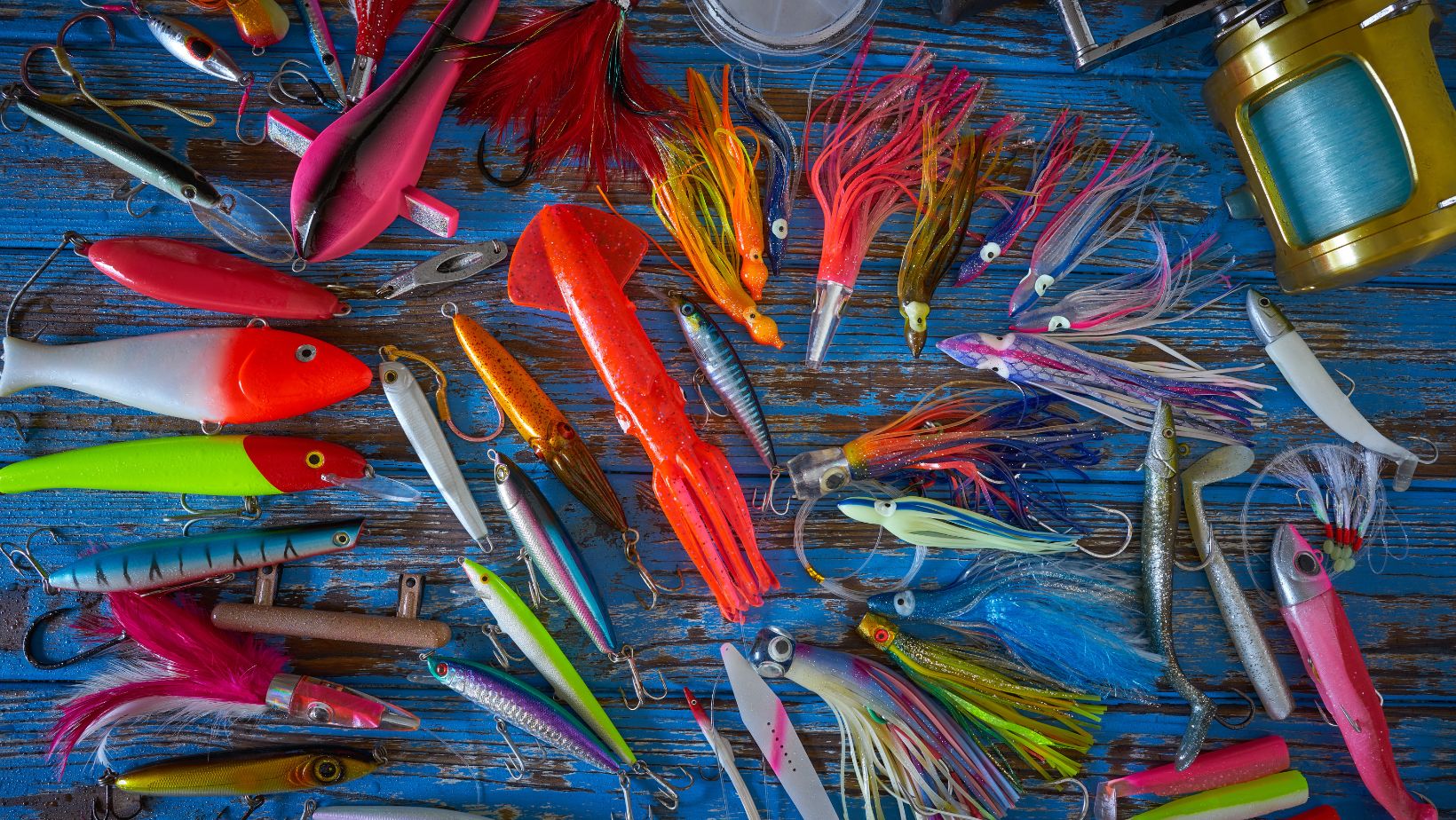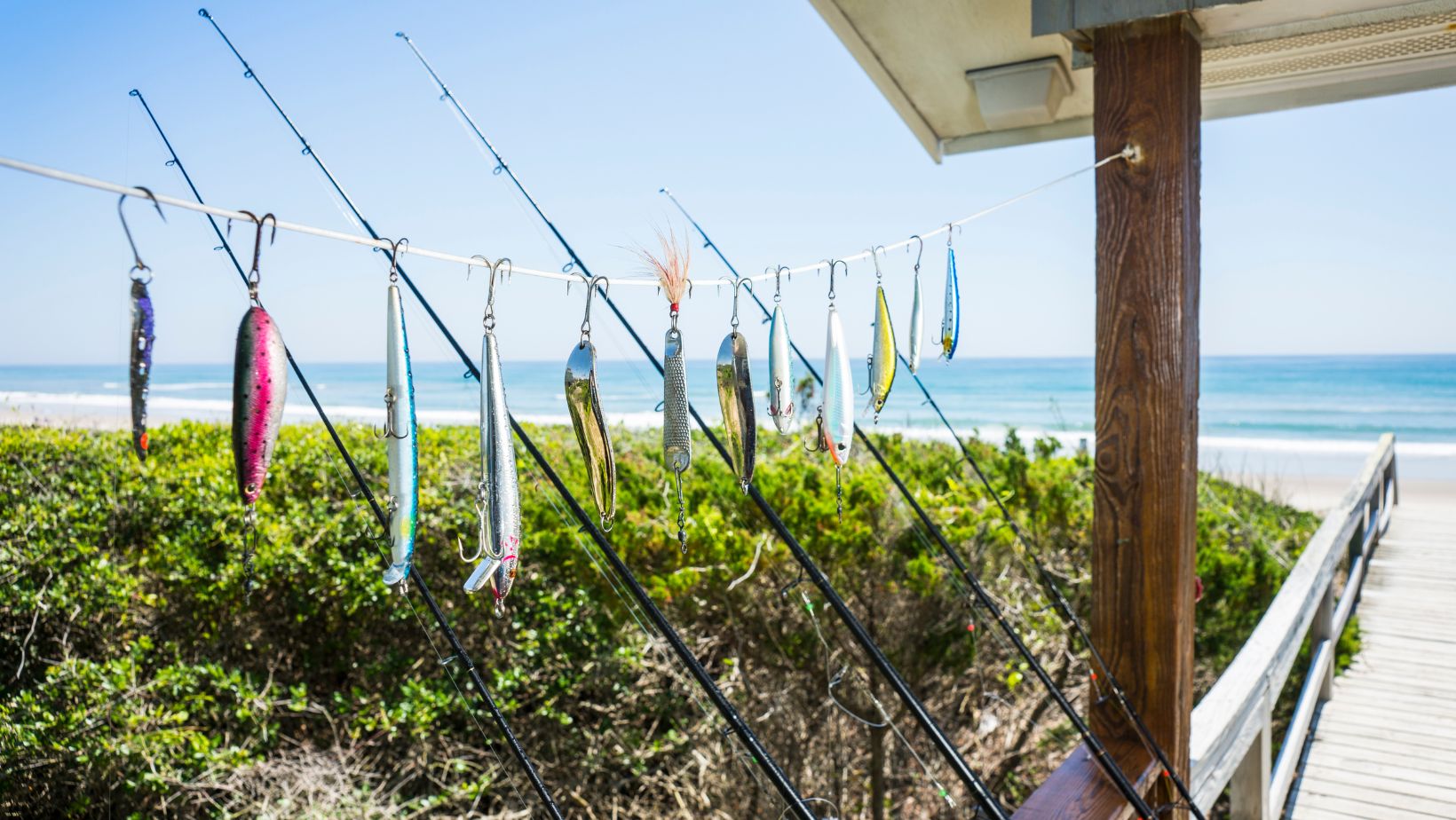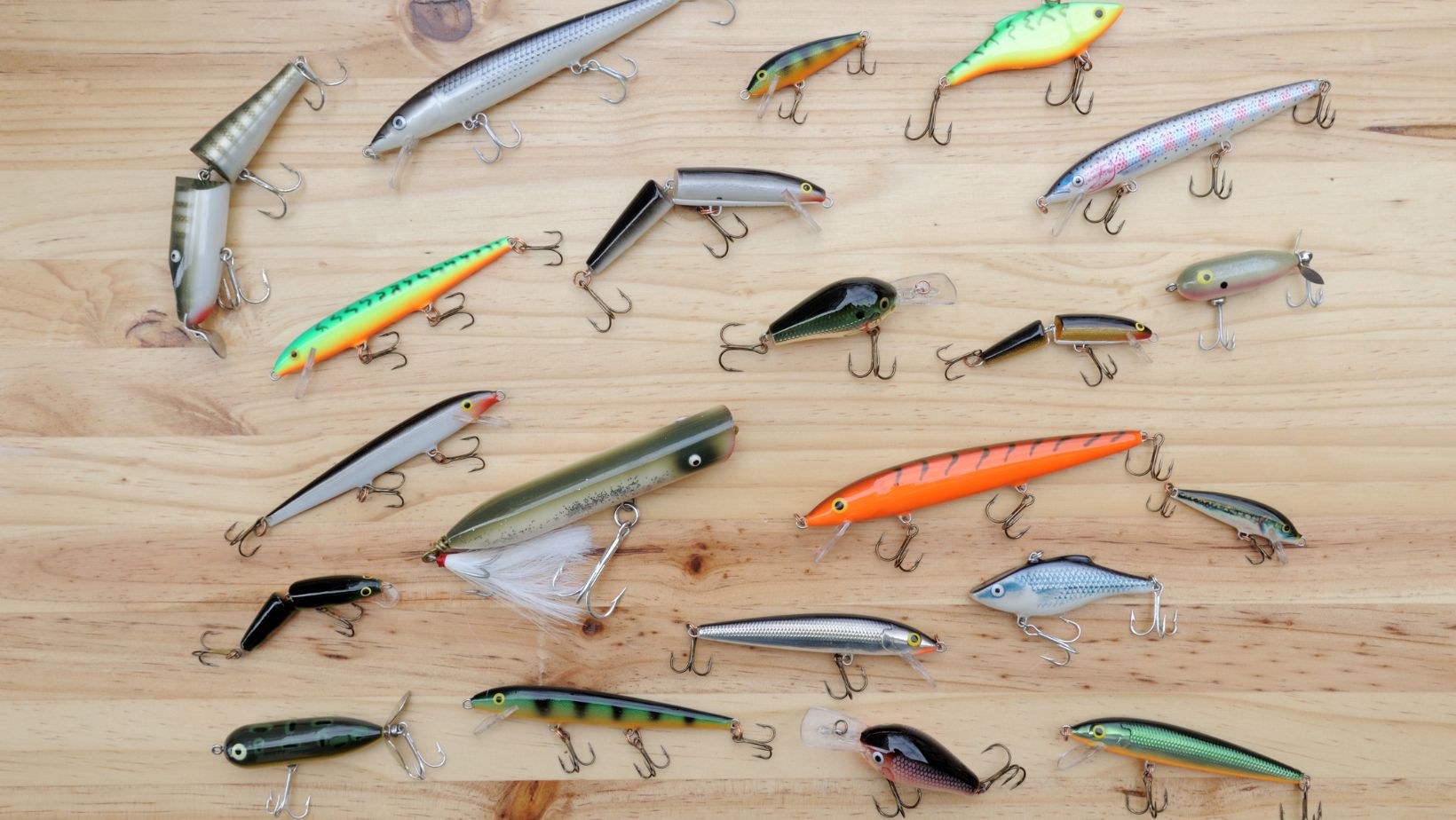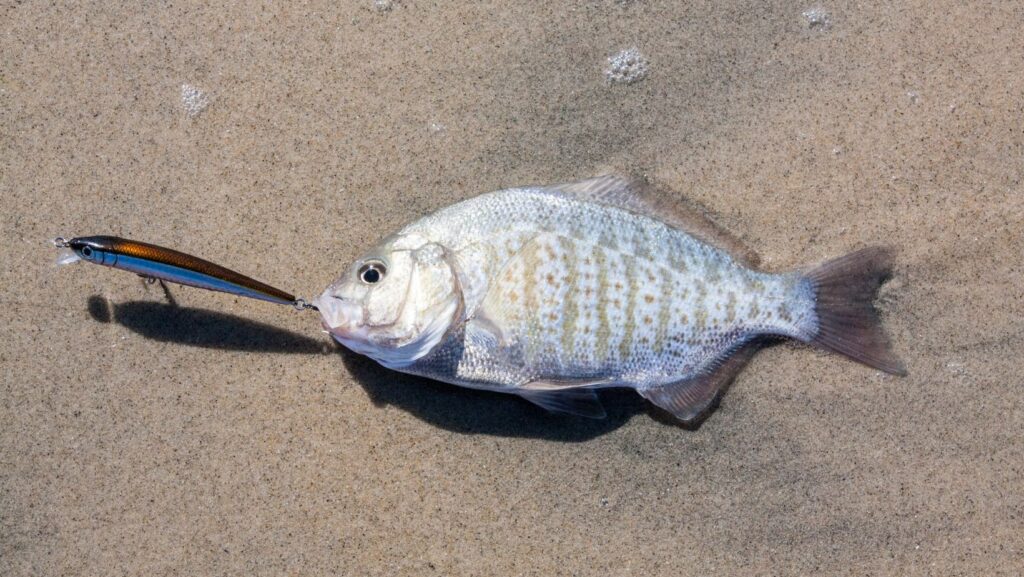I’ve always found there’s something uniquely thrilling about surf fishing. The salty air, the sound of the waves, and the anticipation of that tug on the line—it’s an experience unlike any other. But what really sets it apart is the art of choosing the right lure.
Surf Fishing Lures
 Diving deeper into the subject, understanding surf fishing lures plays a game-changing role when anglers tackle varying surf conditions. The previous section touched base on the basic types of lures and their uses, let’s now navigate through the specifics, focusing on their construction, functionality, and appropriate usage.
Diving deeper into the subject, understanding surf fishing lures plays a game-changing role when anglers tackle varying surf conditions. The previous section touched base on the basic types of lures and their uses, let’s now navigate through the specifics, focusing on their construction, functionality, and appropriate usage.
A surf fishing lure’s construction holds the key to its effectiveness. Traditionally, lures come in metal, plastic, wood, or a mix of these materials. Metal lures, such as spoon lures, work efficiently in high-current areas due to their weight. They mimic wounded baitfish, which are easy targets for predatory fish. Plastics, like popper lures, replicate the splashes made by distressed prey on the water surface, grabbing the attention of game fish. Wooden lures, on the other hand, are typically used to create the illusion of larger prey, attracting the attention of bigger fish.
The functionality of surf fishing lures goes hand-in-hand with their construction. Prepared effectively, a jig lure bobs up and down vertically in the water, imitating small bait fish or crabs’ movements. An appropriate lure for windy conditions could be rope-like lures, known as eel lures, looking like tied-off bunches of rope and designed to mimic an eel or a distressed fish. During calmer waters, topwater plugs can be highly effective, providing life-like swimming actions and causing water disturbance.
The Basics of Lure Selection
 When it comes to successful surf fishing, there’s an art to picking the perfect lure. It’s not about picking the shiniest object in the tackle box. Rather, it’s about understanding the type of fish you’re targeting, considering the condition of the surf, and matching these factors with an appropriate lure type.
When it comes to successful surf fishing, there’s an art to picking the perfect lure. It’s not about picking the shiniest object in the tackle box. Rather, it’s about understanding the type of fish you’re targeting, considering the condition of the surf, and matching these factors with an appropriate lure type.
Popper lures, on the other hand, cause a splash on the water surface, creating a sound that can attract a large variety of fish species. They’re best used in moderate to high surf conditions, providing effective results when other types of lures might struggle.
To illustrate this directive, jigs, another type of lure, create a vertical motion underwater. Fish find this motion attractive and are often tempted to bite. High surf conditions can pose a challenge with jigs, but in the right circumstances, they can prove excellent for catching fish.
Key Tactics for Surf Fishing with Lures
 Appropriate presentation of surf fishing lures, constitutes the first critical tactic. Optimum performance, one achieves, by understanding the lure’s action and mimicking, as closely as possible, the movement of the fish’s natural prey.
Appropriate presentation of surf fishing lures, constitutes the first critical tactic. Optimum performance, one achieves, by understanding the lure’s action and mimicking, as closely as possible, the movement of the fish’s natural prey.
Similarly, a fisherman needs proficiency in casting popper lures to achieve a splashing action that mimics surface-feeding fish. Mastering a popping technique entails practice in rhythmic pulling and pausing to effectively mimic distressed baitfish.
Another key tactic involves matching the surf conditions to appropriate lures. Angry surf dictates the deployment of weighted lures to maintain positional stability when currents are strong. Conversely, calm surf allows surfcasters to use lightweight lures that can effectively mimic the swimming patterns of baitfish.
Lastly, knowing what fish are feeding on and choosing lures that accurately mimic these food sources can significantly improve a surf fisher’s success rate. This involves keen observation and understanding of the fishing environment, potentially giving the surfcaster a notable edge.
Maintenance and Care for Your Lures
Surf fishing lures aren’t just tools; they’re investments. Proper care and maintenance ensure they’ll serve you well in many fishing expeditions. Cleaning them after each use helps prevent saltwater damage and keeps them performing at their best. Store them properly to avoid tangling and chipping. Remember, each lure type – spoons, poppers, jigs – has its own care needs. The waves are waiting, and so are the fish. Let’s make every cast count. Happy fishing!

